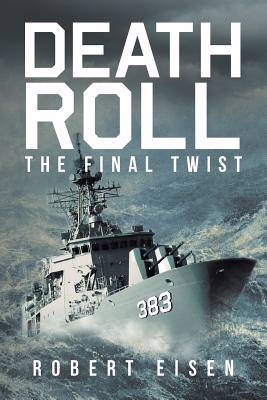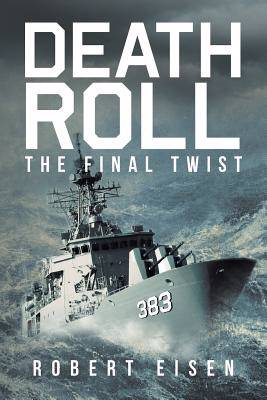
- Retrait gratuit dans votre magasin Club
- 7.000.000 titres dans notre catalogue
- Payer en toute sécurité
- Toujours un magasin près de chez vous
- Retrait gratuit dans votre magasin Club
- 7.000.0000 titres dans notre catalogue
- Payer en toute sécurité
- Toujours un magasin près de chez vous
Description
John Ridgeway, an only child born in 1918 to a poor working-class family, grew up in the shadow of New York City. His father died when he was ten, and despite the obstacles and hardships of the Great Depression, John excelled in school. His perseverance and hard work was rewarded by earning a scholarship to college. In 1938, he experienced the Long Island Express, a destructive Cape Verde hurricane named for its sudden arrival without much warning. This event left a lasting impression on John.
John, having graduated from college, fell in love with Ellen, whom he met at the 1939 New York World's Fair, and they wedded a year and a half later. With war looming on the horizon and the United States entry almost certain, John enlisted in the navy's newly created officer candidate school. Upon graduation, he was appointed to Fort Schuyler as an instructor but, after almost two years of teaching, felt he had to do more, so he applied for sea duty and was assigned to the battleship South Dakota. In his first two months, he experienced enough battle action to last a lifetime. Severely damaged, the South Dakota returned to New York for repairs, but a reunion with Ellen was not to be. John was transferred to the destroyer Warrington as executive officer and spent the next two years shuttling supplies between islands in the Pacific.
The Warrington, in dire need of a maintenance overhaul, returned to New York, and John had the reunion with Ellen that was stolen when he transferred from the South Dakota. The Warrington's repairs were mostly superficial, but the ship's fate was determined by forces beyond her control. The ship sailed from Norfolk, Virginia, despite a weather alert about a hurricane off the Bahamas. John expressed his concern about this foolhardy decision to the captain but was powerless to change the course of events. The Warrington sailed into the maelstrom of the Great Atlantic Hurricane.
Spécifications
Parties prenantes
- Auteur(s) :
- Editeur:
Contenu
- Nombre de pages :
- 246
- Langue:
- Anglais
Caractéristiques
- EAN:
- 9781644713099
- Date de parution :
- 08-11-18
- Format:
- Livre broché
- Format numérique:
- Trade paperback (VS)
- Dimensions :
- 152 mm x 229 mm
- Poids :
- 367 g

Les avis
Nous publions uniquement les avis qui respectent les conditions requises. Consultez nos conditions pour les avis.






